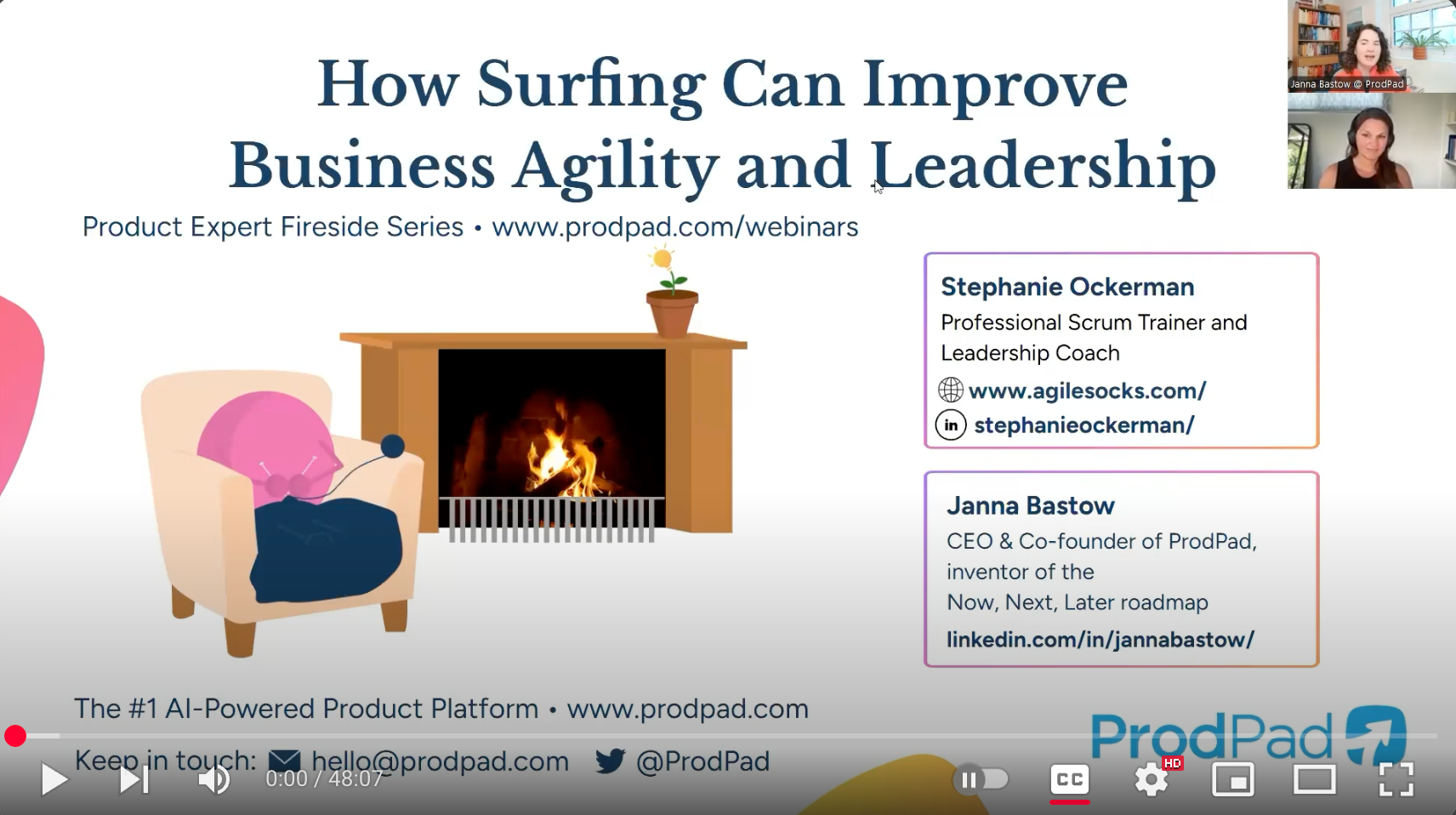
Agility is supposed to be about enabling people to do their best and most creative work. And we believe this happens through collaborative and empowered self-managing teams who focus on customer value and work in iterative and incremental ways that enable learning, feedback, and validation. And yet, we often see so-called agile practices and frameworks being used in ways that are more about trying to control outcomes and people. I believe that a deeply ingrained “productivity culture” plays a significant role in this misalignment between intentions and impacts.
In a series of articles, I will outline how over-valuing productivity and unhealthy relationships to productivity actually work against enabling the benefits of business agility and makes us less powerful leaders. And I will bring in other perspectives to help shift our relationship to productivity.
First, a few clarifications on how I am using terminology. When I use the term “productivity culture,” I am referring to a pressure to maintain a high (or perhaps ever-increasing) level of production. And I think it is closely related to “hustle culture” (i.e. one should always be working hard to achieve success) and how we treat “busyness as a badge of honor. The Oxford dictionary defines the word productivity as “the effectiveness of productive effort, especially in industry, as measured in terms of the rate of output per unit of input.”
Keep in mind that business agility is not about just using “agile” practices and frameworks. It’s about taking an empirical, value-driven approach that seeks to get returns on investments sooner, better manage risk, and more effectively respond to change as we navigate complexity and unpredictability. It’s about being adaptive, creative, and resilient.
Let’s look at how productivity culture leads to unhelpful behaviors that (often unintentionally) limit these business benefits.
If productivity is traditionally seen as measuring output per unit of input, then the logical thing to do is measure activities and outputs. However, those types of measures are easily gamed. And we will then place less emphasis on customer outcomes and other meaningful indicators of value. Because customer outcomes are harder to measure, and we have much less control over them.
And then this easily turns into a situation where “making the numbers look good” becomes the goal.
Read 3 Ways Organizations Use Measures Poorly for more on this topic.
When we measure productivity based on activities and outputs, it becomes easy to avoid having difficult conversations and making hard decisions about where to focus. We have teams working on seven projects at once. We have people spread across three or more teams. Even though we all know the cost of context-switching, we use magical thinking to tell ourselves we can optimize around this problem with tracking and communication tools.
You might hear things like, “we need to keep showing progress on these initiatives.” Our reports might even “look good” despite not maximizing value delivery or considering the waste if we discover a need to change direction.
The fact remains: the more things we work on simultaneously, the slower everything will get done. Why do we do this even though we all know it actually makes us less effective at enabling the benefits of business agility? This deeply ingrained belief that we need to be more productive. And feeling like our productivity is our main measure of success.
Productivity culture makes us feel like we have control. On an individual level, I can create a to-do list. I can check items off my to-do list. I can “optimize my calendar and maximize my time.” And this feels good. I am a productive person. I can start to perfectly schedule my day, week, month. But wait… I didn’t get as much done as I thought I would. Something unplanned that came up, or something took longer than I thought. Okay, no problem. I’ll just keep pushing things out, fitting things into smaller blocks of time. (Am I really managing my calendar or is my calendar was managing me?)
This also happens at the organizational level when we use productivity measures to plan work out into the future at levels of detail that make absolutely no sense in complex and unpredictable environments that need to be responsive to change and incorporate learning. This looks like what I call the “tetris-jenga mashup” game. We continuously move work (and people) around on a big timeline, trying to squeeze things into blocks of time by “doing the math.”
And then we say that we are agile and open to change, so it’s all good. Yet there is so much waste and unnecessary stress and anxiety in this approach. And it keeps us from focusing attention towards validating we are working on the right things and seeing new possibilities and changes on the horizon.
If we are overvaluing productivity, we are not spending sufficient time on key success factors for enabling business agility and building high-performing teams.
Product Owners don’t have time to create and evolve a product strategy and create alignment between teams and stakeholders. Instead, they bury themselves in the weeds of Product Backlog Management, treating the Product Backlog like a to-do list. Scrum Masters fill their days with tasks to “support the team,” but they are likely not allocating the time needed to build relationships, improve team dynamics, and creatively approach organizational challenges.
I once heard an executive at a multinational financial company say, “If your goal is 100% utilization, there is zero space for innovation.” I will extend that to say there is no space for reflection, generating insights, integrating learning, cultivating relationships to build trust and shared understanding. There is no space for brainstorming, pondering big ideas, wondering what might be possible.
If you are a Scrum Master, Agile Coach, or any type of Agile Leader, a key aspect of your role is to be a change agent. And you can only be a change agent by disrupting the status quo and seeking better ways forward. And that requires engaging others in continuously co-creating the future.
While organizations want to enable collaboration, the impacts of productivity culture actually create an environment that leads us to competition. We need to demonstrate our own value as a person by being more productive. You see this in the processes and policies organizations have around hiring, employee evaluations, and compensation.
This shows up at the team level as well. When teams run into dependencies and larger organizational challenges to overcome, they can easily go into self-protection mode. They may look for others to blame when they feel the perception of their productivity is negatively impacted.
Continuous improvement is unbalanced when it’s based on productivity alone. Is it helpful to optimize processes? Are there times it makes sense to measure productivity? Yes, AND how we do it and use that information matters.
Productivity isn’t the problem. (Cal Newport agrees.)The problem is how we relate to and apply the concept of productivity. Is it helpful to optimize processes? Are there times it makes sense to measure productivity? Yes, AND how we do it and use that information matters. Continuous improvement is unbalanced when it’s based on productivity alone.
We start by deconstructing the ingrained patterns and beliefs that have been handed to us by the systems and cultures we have been immersed in our whole lives. It starts with each of us examining our relationship to productivity. And then we can use a more expansive, human view of productivity.
And we can use a simple tool to explore our relationship to productivity – the lens of creative leadership versus reactive leadership. What I have described in this article is a constricted, judgement-driven, fear-based view of productivity. I believe there is a more expansive view of productivity. In my next article, we explore what a creative relationship to productivity might look like and how it helps us lead more powerfully and unlock the benefits of business agility.
___________________________
If this topic interests you, check out my newsletter Leaders Ride the Waves. I love to geek out on leadership, and I have strong opinions 😉 But I’m also not committed to being right… or at least thats the aim.



AGILE SOCKS is a registered trademark of Agile Socks LLC. Other marks used herein are the property of their respective owners. For more information see Trademark Notice in Terms & Conditions.